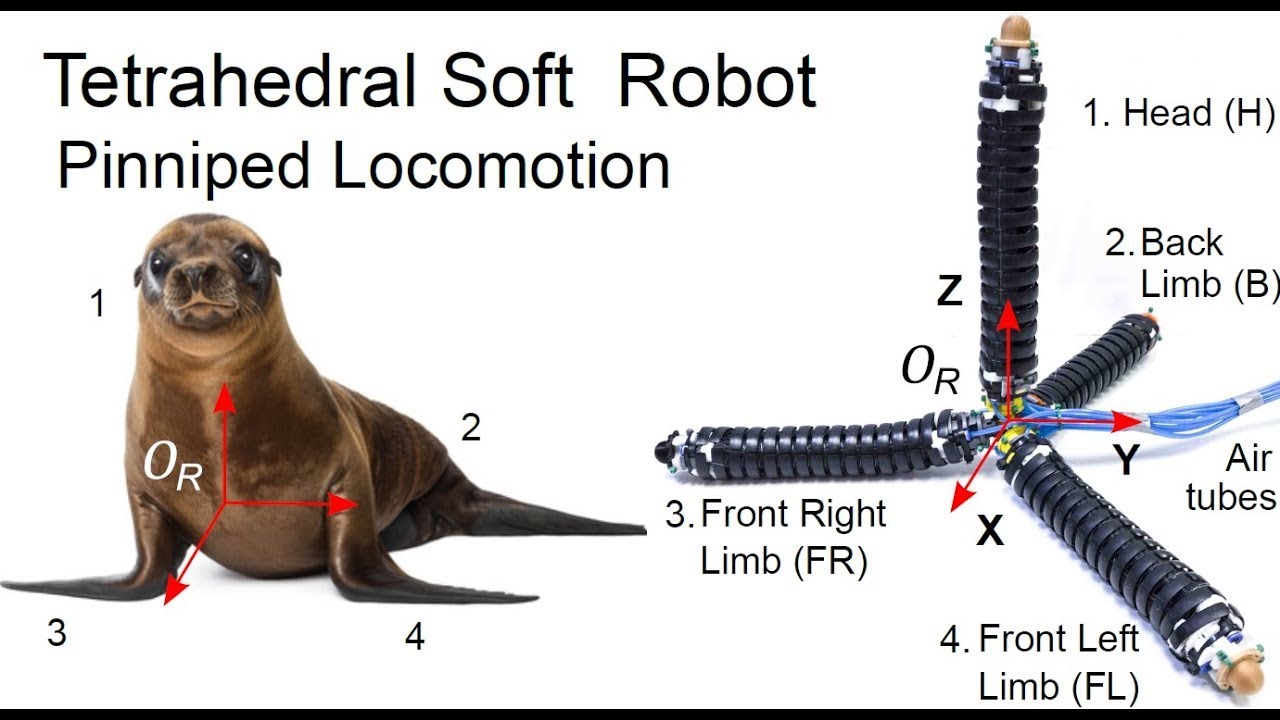Factory work is getting a high-tech upgrade with CarryBot, a new robot helper that can carry heavy loads and navigate complex workspaces without human guidance.
A Robot That Carries the Load
CarryBot isn't your average robot. This powerful machine can carry up to 100 kg (220 pounds) of materials, parts, or finished products across factory floors. That's about the weight of a full-grown adult!
"These robots are changing how we think about moving materials in manufacturing," says industrial automation expert David Chen. "They eliminate the physical strain on workers who would otherwise be pushing carts or carrying heavy items."
Finding Its Own Way
What makes CarryBot special is its ability to navigate on its own. Using advanced technology called LiDAR (similar to what self-driving cars use) and three depth cameras, the robot can:
- Create maps of its surroundings
- Plan the best route to its destination
- Avoid obstacles in its path
- Squeeze through spaces as narrow as 65 centimeters (about 26 inches)
- Handle small bumps up to 10 mm high and cross gaps up to 30 mm wide
This means factories don't need to make major changes to their layout to use these robots.
Quick to Set Up, Ready to Work
Unlike older automated guided vehicles (AGVs) that can take weeks to install, CarryBot can be up and running in just a few days. The robot creates its own maps without needing a separate computer, making setup three times faster than traditional systems.
Once charged, CarryBot can work for up to 9 hours carrying full loads. When the battery gets low, it automatically finds its charging station and can be fully recharged in 4.5 hours.
Robots That Work Together
When multiple CarryBots are working in the same area, they communicate with each other to avoid collisions. Each robot is assigned a priority number, allowing them to decide which one should yield when they meet at an intersection.
"It's fascinating to watch them work together," says manufacturing supervisor Sarah Johnson. "They seem to have their own traffic system, moving around each other without any human input."
Different Models for Different Jobs
CarryBot comes in three different models:
CarryBot 1: Basic model for carrying heavy loads (48 kg robot weight)
CarryBot 2: Multi-tray model that can carry up to 30 kg on each tray (58 kg robot weight)
CarryBot 3: Shelf model with attached storage unit (67 kg total weight)
All models feature a 14-inch high-definition screen and can move at speeds between 0.3 and 1 meter per second.
Customizable for Any Task
One of CarryBot's biggest advantages is how it can be adapted for different jobs. Various carrying attachments can be added to handle specific items, whether they're loose parts or boxed products. These attachments are sold separately.
How Factories Are Using CarryBot
Factories are finding many ways to put CarryBot to work:
- Component Distribution: Delivering parts to workers at assembly stations
- Waste Collection: Carrying trash and recyclable materials to disposal areas
- Raw Material Transport: Moving materials from storage to production lines
- Finished Product Handling: Taking completed products to packaging or shipping areas
- Quality Control: Transporting items to inspection stations
Making Deliveries Smarter
CarryBot offers several delivery methods:
Point-to-Point: Direct trips between two locations, like from storage to production
Multi-Point Routes: Following programmed paths with scheduled stops along production lines
On-Demand Service: Coming when called using special summon buttons
The Future of Factory Work
As more factories look to automate repetitive tasks and protect workers from injury, robots like CarryBot are becoming an increasingly common sight on factory floors.
"This technology isn't about replacing workers," explains automation consultant Michael Lee. "It's about letting robots handle the heavy lifting so humans can focus on skilled tasks that require creativity and problem-solving."
With labor shortages affecting manufacturing worldwide, these smart delivery robots may soon become as essential to factory operations as forklifts and conveyor belts.


















